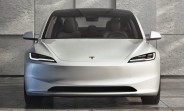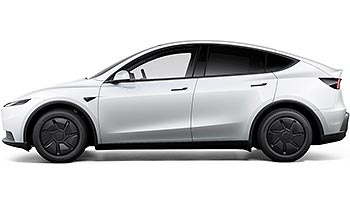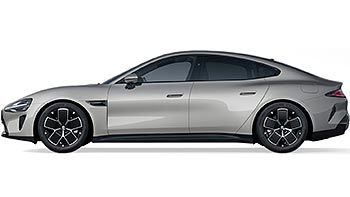Tesla Cybertruck's sharp edges dull its European dream

The Tesla Cybertruck, Elon Musk's polarizing electric pickup truck, has been turning heads with its radical design and impressive performance. However, its journey to conquer the European market has hit a roadblock – safety regulations. While the Cybertruck boasts a futuristic, angular design, its sharp edges and bulky frame have raised concerns among European safety organizations, who argue that the vehicle poses a significant threat to pedestrians and cyclists.
The European New Car Assessment Program (Euro NCAP), an independent organization that evaluates vehicle safety, has expressed reservations about Cybertruck's pedestrian safety even without conducting a formal crash test. Matthew Avery, Euro NCAP's director of strategic development, points out that the vehicle's sharp edges and protruding features could increase the severity of injuries in a collision with a pedestrian.

Unlike the US, where pedestrian safety regulations are relatively lax, Europe has stringent rules in place to protect vulnerable road users. The EU mandates that vehicles have rounded edges and energy-absorbing structures to minimize pedestrian injuries in the event of an accident. The Cybertruck, with its angular design and rigid stainless steel body, seems to fall short of these requirements.
Despite these concerns, a Cybertruck was spotted cruising the streets of Prague, Czech Republic. This has sparked outrage among transport NGOs, who claim that the vehicle's registration in the EU is illegal and puts other road users at risk. They argue that the Czech authorities have bypassed EU safety regulations by allowing the Cybertruck to be registered under an "individual vehicle approval" process, which is typically used for vehicles not intended for mass production.
Adding fuel to the fire, the Cybertruck in question has been modified with thin rubber strips in a feeble attempt to soften its sharp edges. Critics argue that this modification is insufficient to meet EU safety standards. James Nix of the nonprofit Transport & Environment, one of the organizations protesting the Cybertruck's presence in Europe, likens the vehicle's potential to harm pedestrians to "a guided missile."
The controversy surrounding the Cybertruck's European debut highlights the challenges faced by automakers in navigating different safety regulations across the globe. While the Cybertruck's unconventional design might appeal to a niche market, its failure to comply with EU safety standards could significantly hinder its success in Europe.

The Cybertruck's weight also poses a problem. Weighing in at over 4 metric tons (8,818 lbs) when fully loaded, the Cybertruck exceeds the EU's weight limit for light-duty vehicles, requiring a category C truck license to operate legally. This further complicates its registration and usage in Europe.
Despite the controversy, the owner of the imported Cybertruck, Norton Slovak claims that the vehicle meets all necessary requirements and that the weight discrepancy is a matter of interpretation. However, the transport NGOs are not convinced and have called on the European Commission to take action, arguing that Cybertruck's presence on European roads sets a dangerous precedent that could lead to the import of other unsafe vehicles.
Related
Reader comments
- Anonymous
And the 6 year old child who isn't being alert near the road?
- 08 Jan 2025
- i22
- fiatev
Regardless of what the safety rules are, in the end it is up to the individual to pay attention as to what is going on around them.
- 22 Oct 2024
- Yi8

















